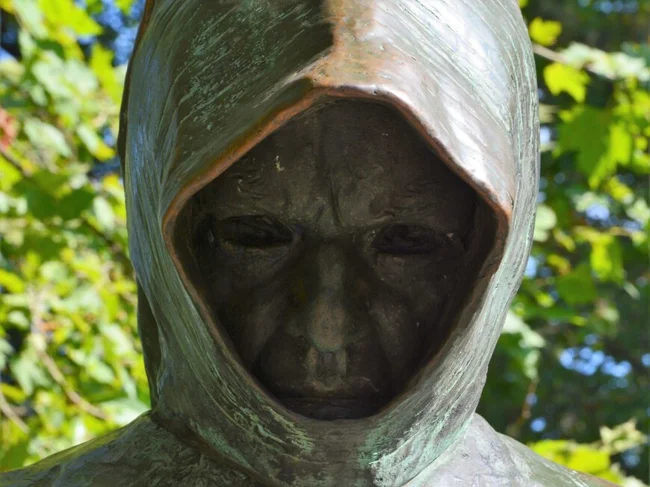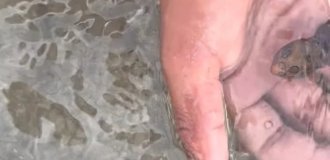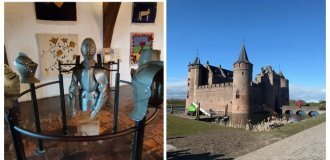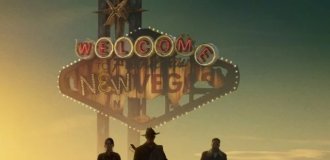10 sculptures that cause outright horror (22 photos)
There are sculptures, statues and monuments in the world that are not only pleasing to the eye, but also those that cause bewilderment. 
Of course, in the case of abstract sculpture, the author has the right to a free vision and interpretation of images. But if it is classical (or claims to be so), then certain canons must be adhered to. And the notorious "I am an artist, this is how I see it" can no longer serve as an excuse for talentless, ridiculous or frankly terrible sculptures. But they continue to appear. And with a certain message.
1. "Fiesta" 
The author of the sculpture "Fiesta", installed in Albuquerque, USA, is Luis Jimenez. Initially, the fascinating and scary dancers were used as a scarecrow to scare away illegal immigrants. But the Mexicans were not impressed by the frozen wild dance, and the couple went to the territory of the local university to drive students and teachers into hysterics. 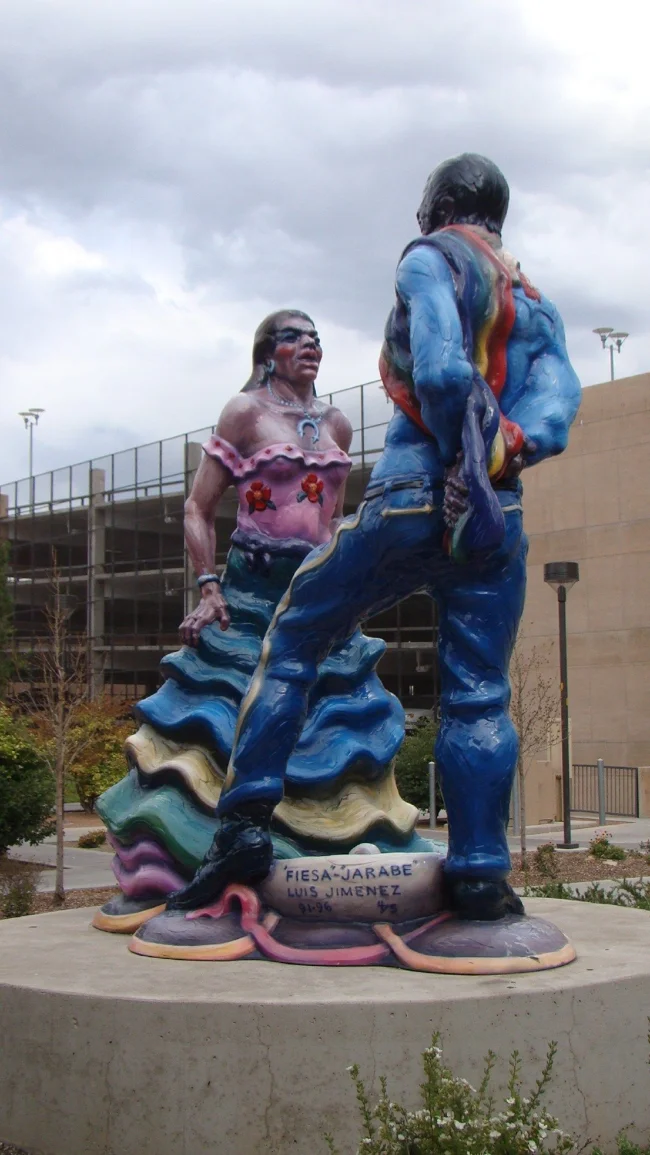
2. Faceless Babies 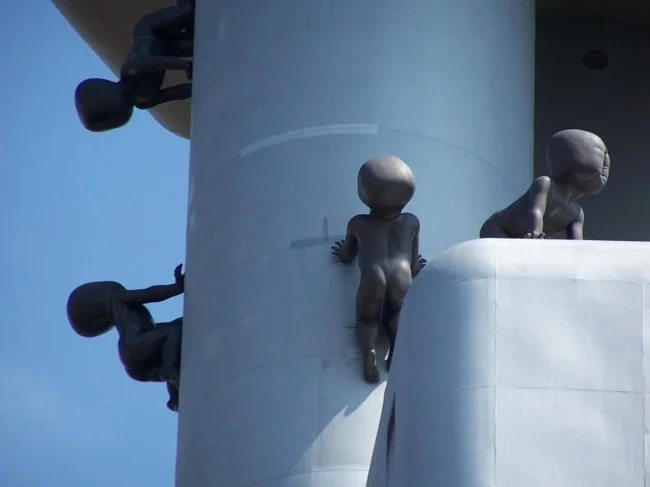
For some reason, they decided to decorate the Prague TV tower with creepy faceless figures. The faceless babies are the creation of local artist David Cerny. The tower hasn't become more interesting, but the strange creatures frozen on it make passersby want to cross themselves. 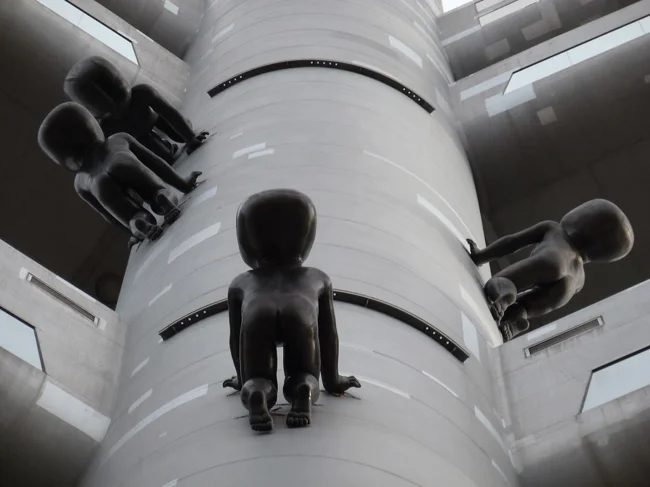
3. "Mama" 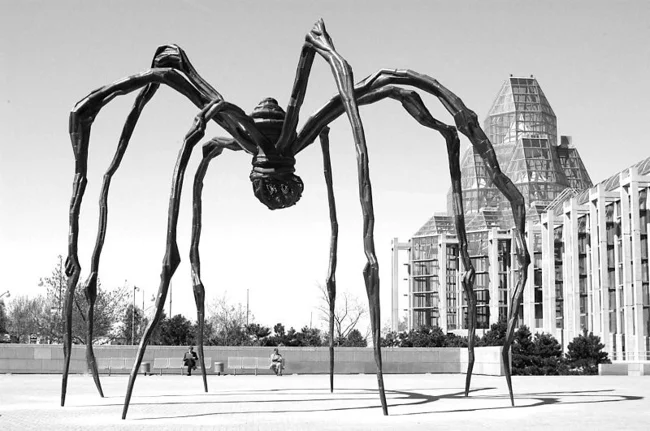
Some kind of spider mania has swept the world after the appearance in London of the creation of the French artist Louise Bourgeois. Of course, it is the artist's personal right to use any image to personify motherhood, but in the eyes of the average person, the creepy arthropod is the least suitable for these purposes. 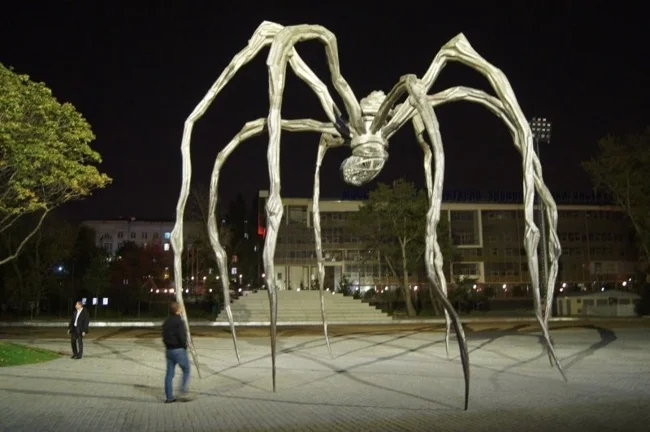
4. Headless Man 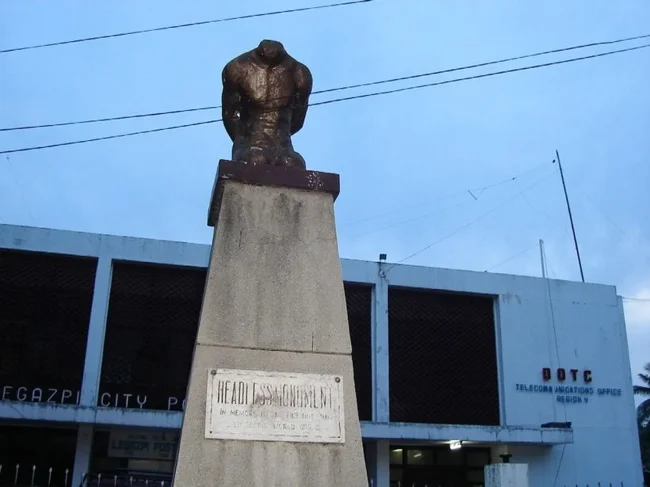
Of course, the residents of Legazpi in the Philippines had good intentions in erecting this monument. According to one version, it is a tribute to those who died during World War II. According to another, the inspiration was the martyrdom of local revolutionaries. But an overly literal reading of the statue evokes more fear than respect. 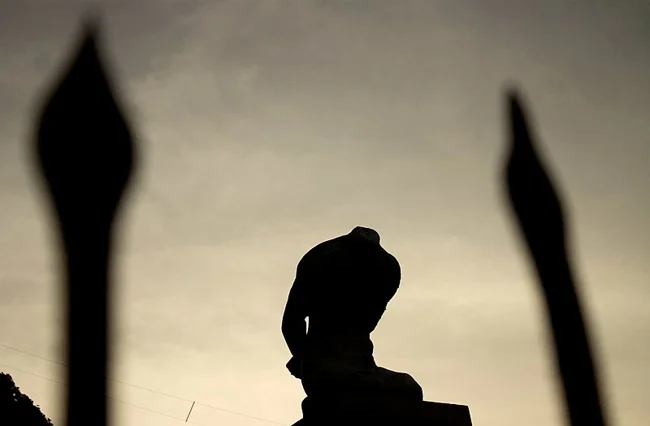
5. "A Conversation with Oscar Wilde" 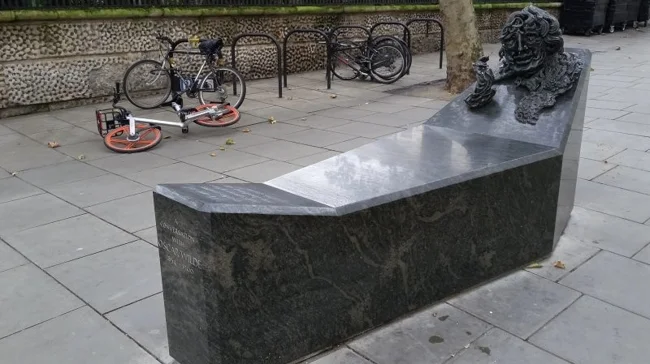
Oscar Wilde is a great man, one of the most famous playwrights of his era. However, the decision of London activists who chose Maggie Hamblin's project for a monument in his honor raises questions. Whether the writer literally crawled out of the coffin, or sent his spirit for a conversation is unknown. But something literal or neutral would be more suitable for a dialogue with the reader. 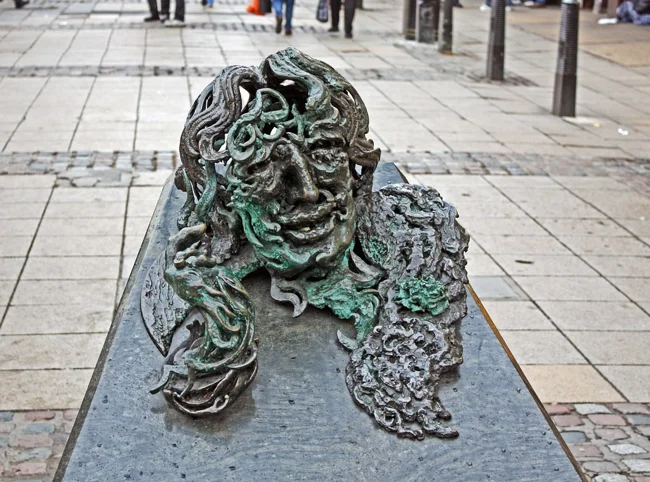
6. "Chocolate Fairy" 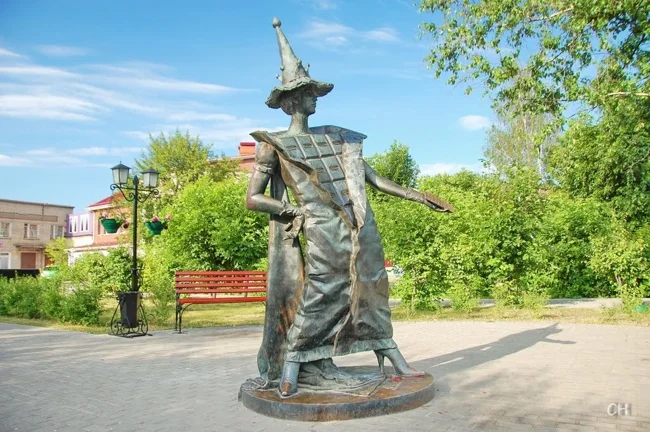
A few meters from the chocolate museum in Pokrov, this sculpture with the lyrical name "Chocolate Fairy" was installed in 2009. Ilya Shanin won the idea competition, and his creation was quickly dubbed the chocolate exhibitionist. For in the whole being of the sweet lady-tile one can read the urge to quickly tear off the wrapper and appear before the people in the beauty of all her cubes. 
7. "Cloak of Conscience" 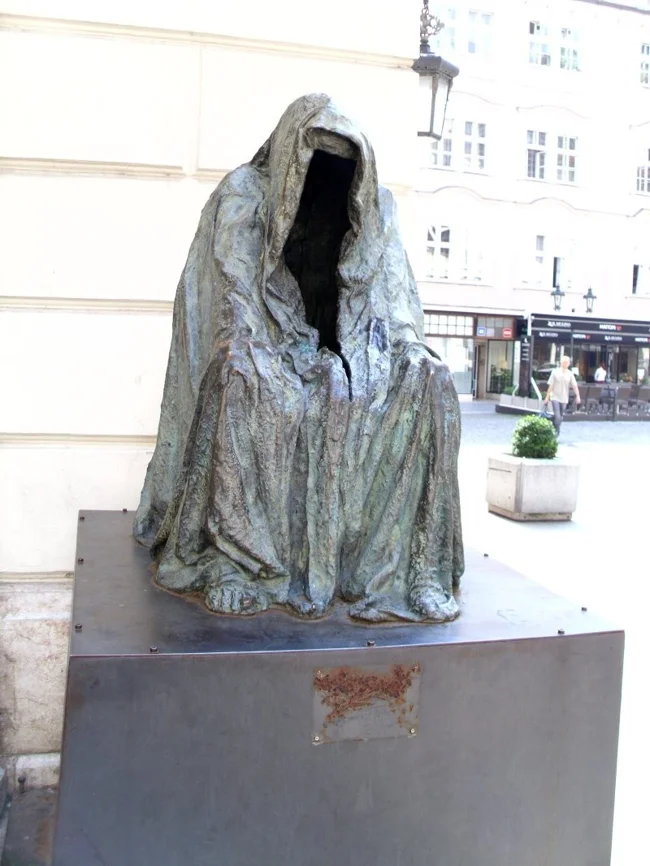
Both attracts and repels. Apparently, Anna Chromy decided to adhere to this principle when creating this sculpture, smaller copies of which are located in different countries. 
The marble for the sculpture was quarried in Michelangelo's quarry in Carrara, Italy, where Michelangelo mined marble for his iconic David. The aesthetics are certainly beautiful, but "The Cloak" is one that you want to run away from. 
8. "Bad Boy" 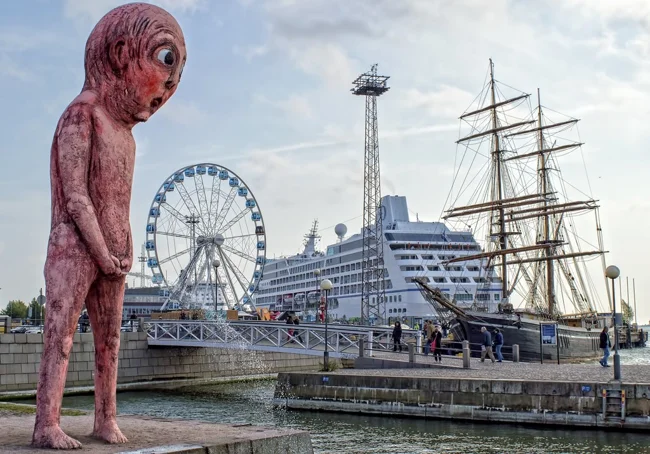
The work of sculptor Tommy Toya in Helsinki is, of course, a provocation. But the message of the 8.5-meter-tall pink baby is also highly questionable. But the water flow constantly heats up, and severe frosts are no obstacle for the peeing boy. He does not interrupt the process even in winter. 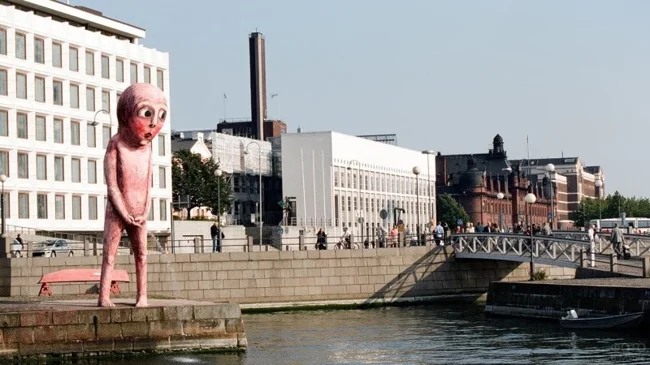
9. The Moving Statue of Neb-Sanu 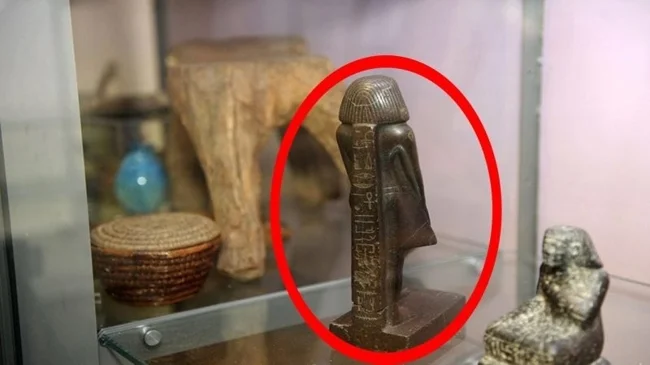
Staff at the Manchester Museum once noticed that a small ancient figurine dedicated to Osiris, about 4 thousand years old, was moving in a locked display case. Mysticism? A curse? Ghosts? Defying the laws of gravity? The explanation turned out to be simpler: the effect of minor vibrations due to the close proximity of a busy motorway. But the figurine managed to scare the staff. 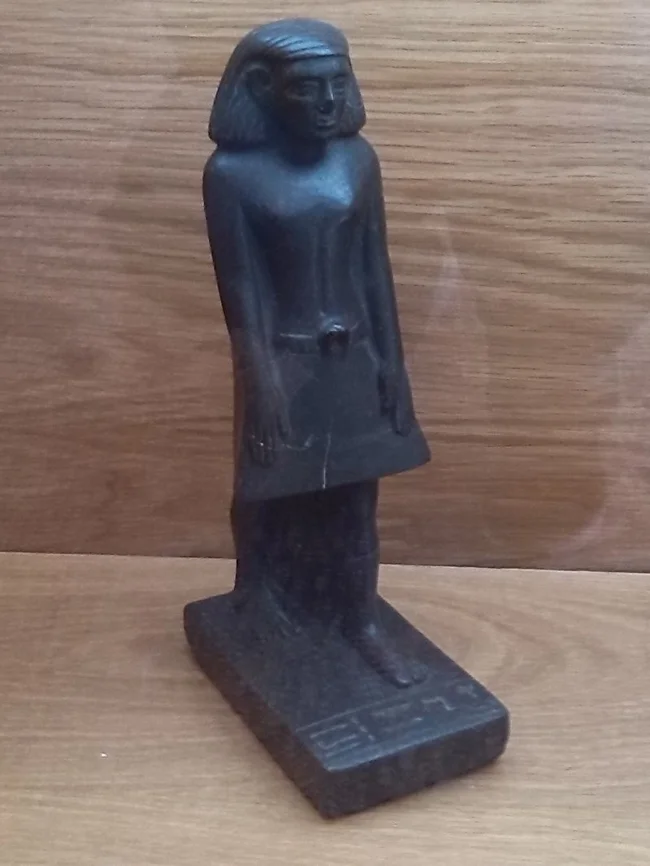
10. "Anonymous" 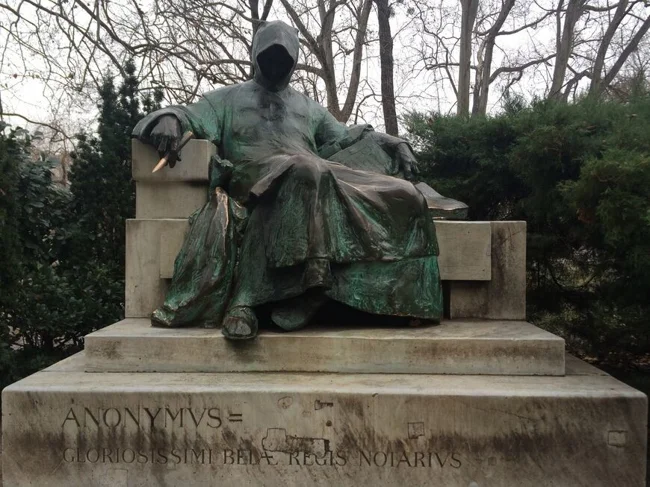
The author of the two-meter bronze sculpture, installed in Budapest in 1903, was Miklos Ligeti. It is clearly popular, judging by the rubbing of the metal. It is believed that touching the pen of the sculpture, the prototype of which was the royal notary, gives inspiration and good luck in science. And if you sit on his lap, then success in business is guaranteed. But you don't want to look into the eyes of this generally interesting classical sculpture because of their complete absence. 